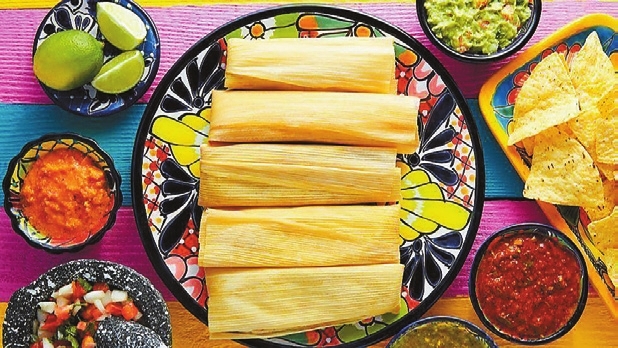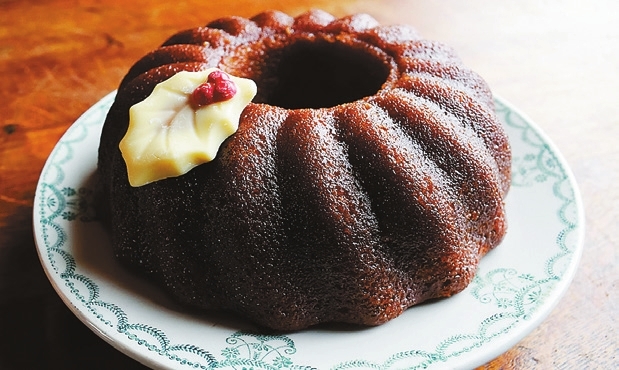



NEW Year’s Eve is a festive time celebrated around the world with friends, family and fireworks. Another New Year’s tradition people love: eating delicious food. But what counts as New Year’s Eve food? Different cultures have different answers. Here we take you on a gourmet tour around the world to check out these traditions. Beans Beans resemble money; more specifically, they symbolize coins. Traditionally, in the American South, beans are combined with rice and bacon for a lucky New Year’s Eve dish called Hoppin’ John. Along with beans, people also eat greens and cornbread to hopefully make a fortune, as they believe “peas for pennies, greens for dollars, and cornbread for gold.” Soba In Japan, toshikoshi soba is the traditional New Year’s food of choice. The length of the soup’s soba is said to symbolize a long life, while the buckwheat flour the noodles are made of symbolizes resiliency. Part of the tradition is slurping the noodles, since the luck from this New Year’s Eve food runs out if you break or chew the noodle. Grapes On New Year’s Eve, Spaniards pop a grape for each stroke of midnight, with each representing a page of the calendar ahead. If one grape is bitter, watch out for that month! Pork Pork is a lucky New Year’s Eve food because pigs move forward when they eat. They are also rotund, symbolizing a fat wallet ahead. The meat itself is fattier than other cuts of meat, making it both tasty and a symbol of prosperity. Cake Ring-shaped cakes — sometimes with trinkets baked inside — are a symbol of coming full circle, making them a perfect New Year’s food. This tradition stems from the Greeks, who make a traditional Vasilopita for New Year’s Eve with a hidden coin baked inside. If you get the piece with the coin, you'll have good luck for a year. Pomegranate In another Greek tradition, families toss a pomegranate against their front door when the clock strikes midnight on New Year’s Eve. The more seeds fall out, the more luck and fertility that household will be blessed with. Dumplings Chinese families will gather to make jiaozi. The dumplings are shaped like gold ingots — the currency used in ancient China — so eating them as a New Year’s Eve food will bring financial luck. Oranges Mandarin oranges are one of the main symbols of good luck, as the Chinese pronunciation of “桔” (jú) is similar to that of “吉” (jí, meaning “auspicious”). The fruit itself is said to bring prosperity; having one with the stem and leaf attached will bring a long life and fertility. Sauerkraut According to German and Eastern European superstition, ringing in the New Year with a heaping plate of sauerkraut brings in wealth. Lentils Italians traditionally would eat lentils for the New Year’s Eve dinner. In the past, Romans would give a leather bag of legumes as a gift, in hopes that they would turn into gold coins. Some people double up on their luck and cook lentils with pork. Tamales Tamales are a traditional Mexican dish many families eat throughout the holiday season. They symbolize generations of familial bonds, as families typically gather to help each other make this delicious holiday dish. Soft pretzels Some Germans eat a glazed soft pretzel on New Year’s Eve, which they believe will bring good luck into the coming year.(SD-Agencies) | 
